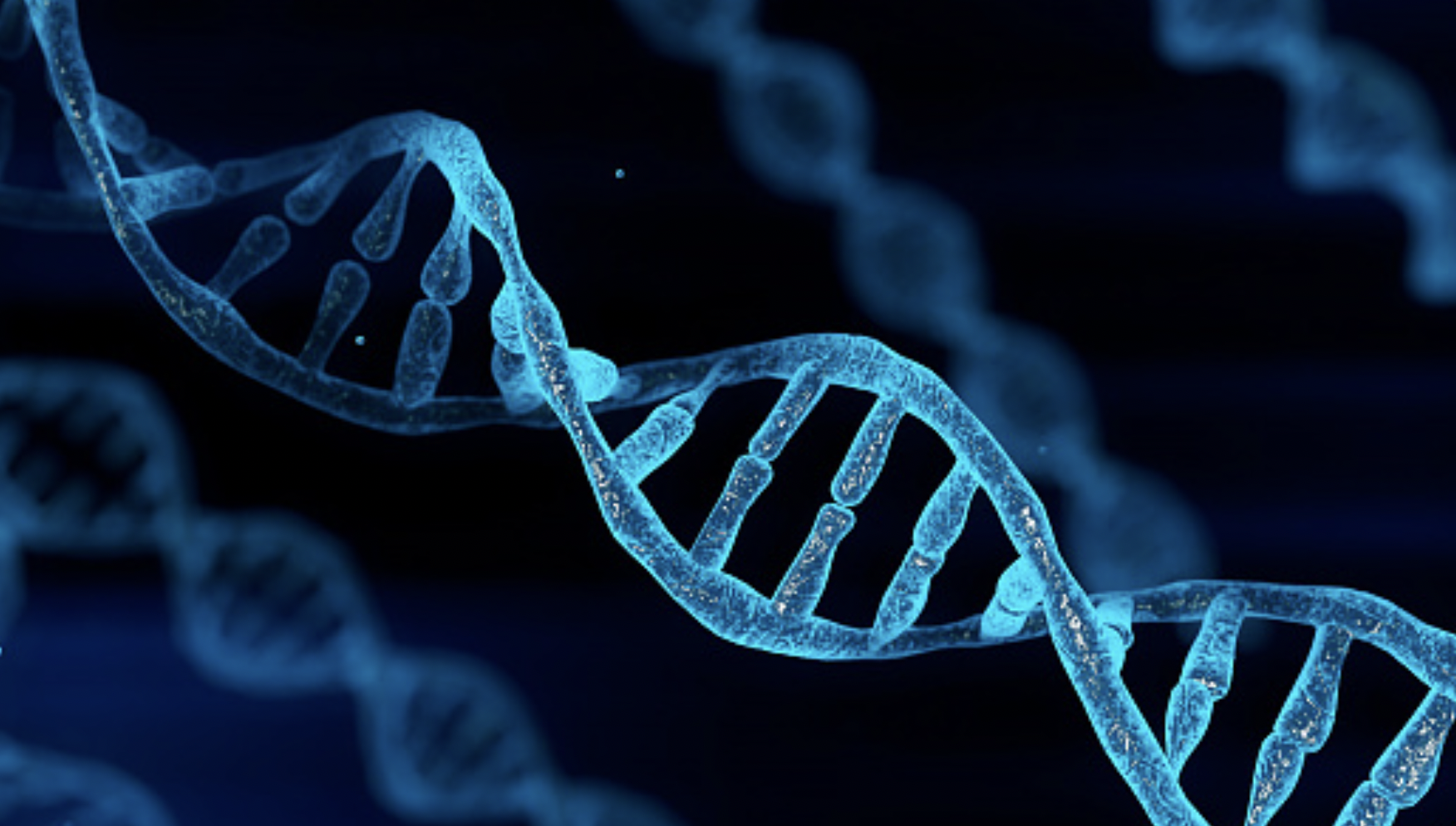
DNA refers to the chemical for a molecule, which carries some genetic instructions in every living thing. DNA molecule comprises two strands, which wind around each other to form what is called a double helix.
Every strand comes with a backbone consisting of phosphate groups and deoxyribose (alternating sugar). Attached to every sugar are the four bases, including thymine (T), guanine (G), cytosine (C), and adenine (A).
Those two strands are usually held together by certain bonds between bases. This includes cytosine bonds with guanine and adenine with thymine.
Table of Contents
DNA History
While the DNA discovery happened back in 1869 by a biochemist called Friedrich Miescher, according to the history of DNA, it took around 90s years for people to realize its importance.
Today, exciting technology and research continue to provide more insights and better answers to questions like what is the importance of DNA.
Structure and Basics
Deoxyribonucleic acid (DNA) contains genetic information used in the functioning and development of all living organisms.
DNA, along with proteins and RNA, is among the three main macromolecules, which are important. DNA is mainly located in the nucleus, but you can find it in a small amount in the mitochondria.
In the nucleus of the eukaryotic cells, you will find DNA organized in some structures, referred to as chromosomes.
DNA also comprises two long polymers of a simple unit known as nucleotides, with backbones made of phosphate groups and sugars joined by the ester bonds.
Mutations and Damage
DNA codes are susceptible to damage. As a matter of fact, it is projected that thousands of damage events happen daily in all human cells.
Damages might happen because of certain things, such as UV radiation exposure, free radicals, and replication of DNA.
But don’t worry. The human cells contain specialized proteins, which can repair and detect cases of DNA damage.
Mutations also happen in DNA. They might, at times, be bad. That is because changes in DNA codes might have a downstream effect on how proteins are made.
If these proteins don’t work well, the risks of getting diseases will increase. A good example of diseases that happen because of mutations in one gene include:
- Sickle cell anemia
- Cystic fibrosis
Genome Sequencing
When genetic testing doesn’t result in a diagnosis, but you still suspect the genetic cause, certain facilities out there offer genome sequencing. This is a process for assessing a DNA sample from the blood.
Every individual has a different and unique genome, consisting of DNA in the genes. This testing helps identify the genetic variants related to a person’s health.
How DNA Determines a Family History
Because you can pass DNA variations from one generation to another, they might be used to trace family history and their ancestry back to hundreds of years.
The patterns of the genetic variations may get compared to a certain reference group globally, which may result in a new understanding of where you come from, including the following:
- Family’s journey
- Ethnic roots
Closing Remarks!
In order to visualize DNA, researchers need a special and good imaging technology, like X-ray diffraction that Rosalind Franklin used.
But it is also possible to observe chromosomes with a light microscope, provided they are in their condensed form.